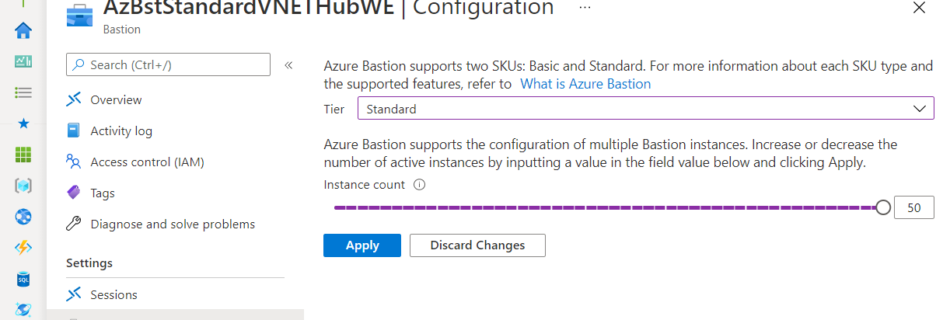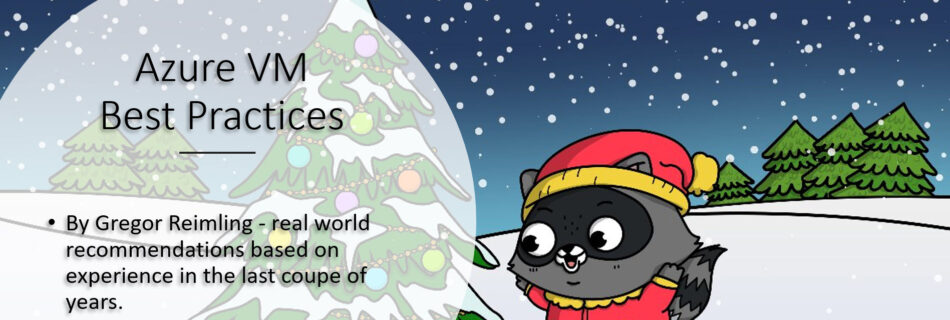Azure Firewall Basic SKU is now GA
Microsoft announces with the Azure Firewall Standard and Premium two native Firewall Services available as PaaS solution what are a great benefit to classic Firewall deployments, because of native Autoscaling Features, no need for VM Management and more. Unfortunately the price was to high for SMBs, with 900€ for the Standard and over 1200€ for …


